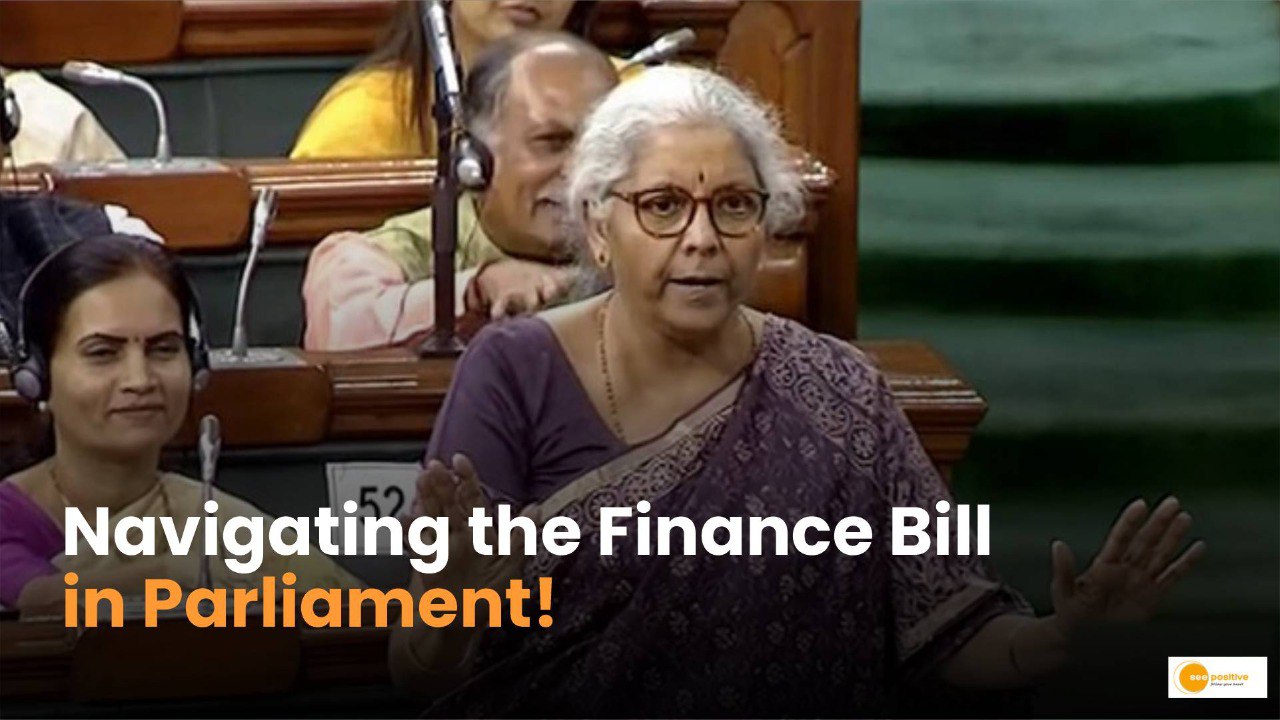The Indian government, like most, operates on a yearly budget outlining its planned expenditures and revenue sources. This crucial document, presented by the Finance Minister, sets the fiscal roadmap for the nation. But how does the government translate these plans into action? Enter the Finance Bill.
What is the Finance Bill?
The Finance Bill is a legislative proposal introduced in the Parliament to give legal effect to the financial proposals outlined in the Union Budget. It essentially translates the government’s budgetary announcements into legal provisions, authorizing the government to raise and spend money. Think of it as the rulebook that governs how the government will manage its finances for the upcoming fiscal year.
There are two main types of Finance Bills
Money Bill: This is the most crucial type. As defined by Article 110 of the Indian Constitution, a Money Bill deals with matters like taxation, the imposition of new taxes, modification of existing tax structures, or the appropriation of funds for government expenditure. Only the Lok Sabha (lower house) can introduce a Money Bill, and the Rajya Sabha (upper house) has limited powers to suggest amendments. The Lok Sabha’s approval is final.
Finance Bill other than a Money Bill: This type of bill deals with other financial matters not covered under a Money Bill, such as proposals for borrowing by the government or the regulation of public debt. Both houses of Parliament can introduce and discuss such bills.
A typical Finance Bill will encompass several key components
- This section details any changes to existing taxes or the introduction of new ones. This could include changes in income tax slabs, rates, or exemptions; modifications to indirect taxes like GST; or introduction of new levies.
- This section outlines how the government plans to spend the allocated funds. It specifies the amount allocated to different ministries, departments, and social welfare schemes.
- The bill details the government’s borrowing plans for the year, specifying the amount it intends to borrow and the sources of borrowing.
Presentation of the Finance Bill in Parliament
The Finance Bill is typically presented in the Lok Sabha by the Finance Minister shortly after the Union Budget is announced. This presentation formally initiates the legislative process for enacting the budgetary proposals. Here’s a breakdown of the journey:
Introduction: The Finance Minister introduces the Bill, outlining its key features and objectives.
Discussion and Debate: Both houses of Parliament, particularly the Lok Sabha, engage in detailed discussions and debates on the Bill. Members of Parliament (MPs) can analyze the proposed changes, raise questions, and suggest amendments.
Scrutiny by Committees: Standing committees of Parliament, with expertise in finance and taxation, further scrutinize the Bill and propose amendments.
Clause-by-Clause Consideration: The Bill is then considered clause-by-clause, where MPs can propose further amendments and debate specific provisions.
Money Bills: Since the Rajya Sabha’s powers are limited, the Lok Sabha’s approval is final. If passed by the Lok Sabha, it becomes law upon receiving the President’s assent.
Finance Bill other than a Money Bill
Both houses must approve the Bill with any agreed-upon amendments. If disagreements arise, a joint sitting of both houses might be held. Once both houses agree, the Bill goes to the President for assent.
Presidential Assent
Once the President assents to the Bill, it becomes a Finance Act. This Act serves as the legal authority for the government to implement the budgetary proposals for the year.
Significance of the Finance Bill
The Finance Bill plays a critical role in the Indian financial system. It ensures transparency and accountability by bringing the government’s budgetary plans under parliamentary scrutiny. The Bill also provides legal legitimacy for the government to collect taxes and spend public funds.
READ MORE What is a Protem Speaker? Understanding the Role and Powers of Protem Speakers
Positive Takeaway
The Finance Bill serves as the bridge between the government’s budgetary announcements and their actual implementation. It paves the way for the government to raise and spend resources as per its plans, while ensuring parliamentary oversight and legal sanction. Understanding this legislative process is crucial for comprehending how the Indian government manages its finances and shapes the nation’s economic landscape.


